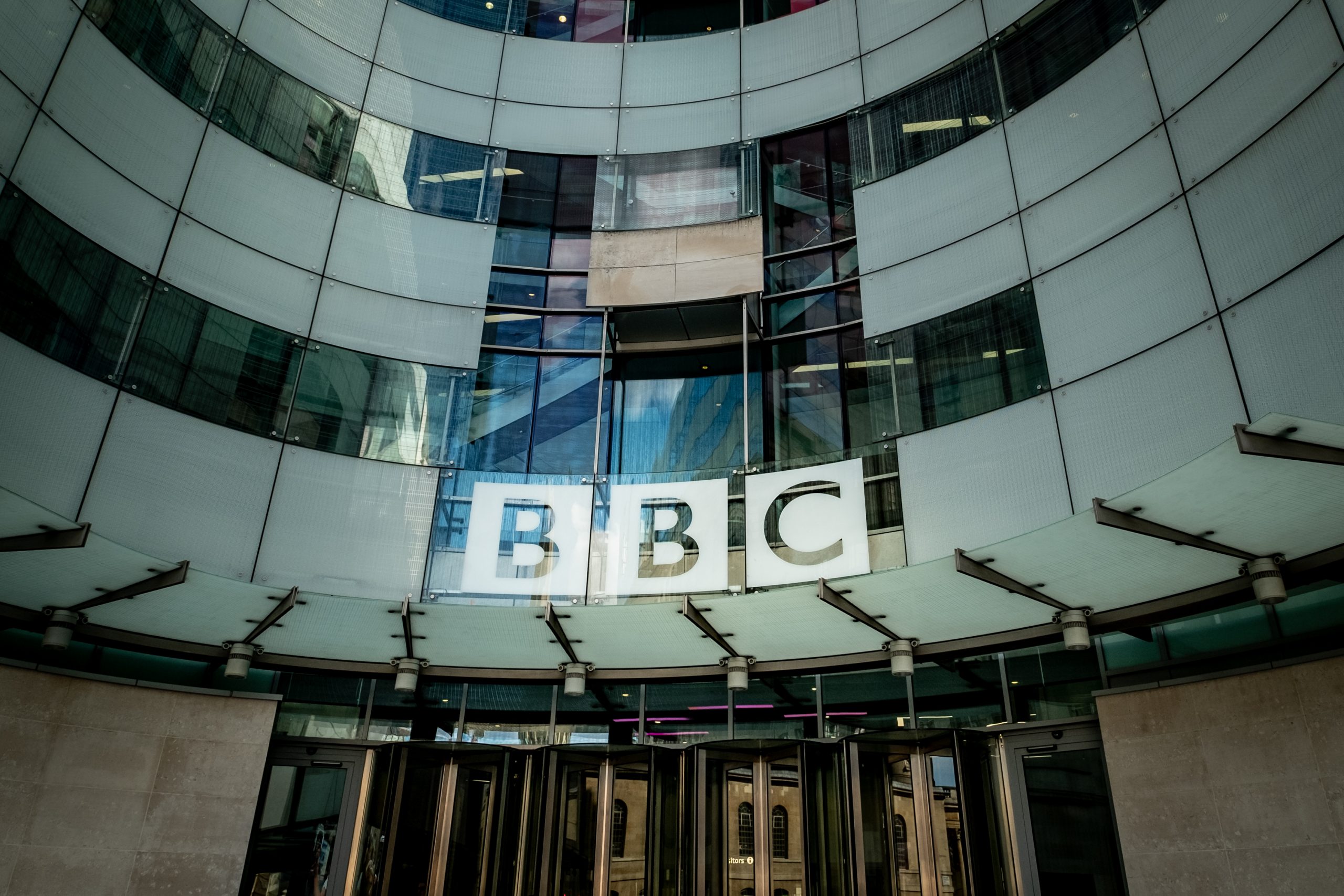Threats to journalists on the rise across Europe
9 July 2021
The brazen attack on a renowned Dutch journalist took place amid rising threats towards journalists across Europe. But while there has been an increase in physical violence, journalists also face legislative challenges to their work.
On 6 July, veteran investigative journalist Peter R. de Vries was the target of a gun attack in the streets of Amsterdam, shortly after he left a TV studio where he had appeared on a chat show. De Vries, primarily a crime journalist, has been on the receiving end of numerous threats over the course of his career. At the time of writing, he was seriously wounded and “fighting for his life”.
Politicians have called the incident “an attack on European values”.
“The attack on Peter R. de Vries is shocking and incomprehensible. An attack on a courageous journalist and therefore an attack on free journalism, which is so essential for our democracy,” Prime Minister Mark Rutte is quoted as saying in an NOS report.
The Netherlands ranks consistently high in press freedom rankings although its current position of 6/180 in the 2021 RSF World Press Freedom Index is the lowest it has achieved in a decade. But despite its high ranking, violence against journalists has been on the rise. In October 2020, public broadcaster NOS was forced to remove its logosfrom its vans and equipment due to increased attacks and threats towards its staff. Then, in March 2021, journalists were attacked by churchgoers as they reported on worshippers that breached COVID-19 regulations.
But these incidents are not isolated to the Netherlands and the attempt on De Vries’ life is the latest in a growing number of threats and attacks on journalists throughout Europe, even in the most consolidated democracies.
Attacks on journalists are rising in well-consolidated democracies across Europe – even those who enjoy high levels of press freedom
While it has sadly become more common to hear reports of incidents in countries like Belarus, Slovenia, Slovakia and Hungary, attacks on journalists are rising in well-consolidated democracies across Europe – even those who enjoy high levels of press freedom.
In Germany, there were 69 recorded physical attacks on journalists in 2020 according to the ECPMF’s latest Feindbild Journalist survey, up from 14 in 2019. While the majority of these took place in “pandemic-related demonstrations”, ECPMF are concerned that the potential for politically motivated attacks by members of the public can occur “whenever the opportunity presents itself.” Just this week, exiled Turkish journalist, Erk Acarer, was attacked with “fists and knives” outside his apartment in Berlin. The attack is being described as a reprisal for critical reporting on the Turkish government of President Recep Tayyip Erdoğan, demonstrating the transnational nature of many contemporary threats.
In response to the rising threats against journalists, German civil society organisations and media unions have developed a code of protection. They have also called for greater responsibility to be taken by relevant stakeholders, such as politicians, police, and media organisations themselves. In the state of Baden-Württemberg, a “press code for police” was developed to strengthen press freedom and to make the police force’s public relations work more transparent.
More than violence
More needs to be done in Germany, but recent legislative developments spell further trouble for journalists there. Most recently, Germany’s lower house, the Bundestag, approved amendments to the Federal Constitutional Protection Act, giving intelligence services and the federal police powers to secretly monitor a person’s online activity, including their encrypted communications. The amendment removed limits on the hacking and surveillance of journalists’ digital devices, such as smartphones and computers. The move has been flagged by international advocacy organisations such as the Committee to Protect Journalists (CPJ) as concerning due to its potential impact on basic journalistic rights, such as the protection of sources. In response, the Federal Ministry of the Interior refuted CPJ’s concern of the amendment’s impact on journalism and maintained that there were still limits on the way intelligence agencies could monitor journalists.
Meanwhile, in Italy, public media journalists are also facing legislative threats to their work. On 18 June, the Regional Administrative Court of Lazio ordered journalists from public broadcaster Rai to reveal their sources from an investigative report on the misuse of public funds in Lombardy during the early stages of the COVID-19 pandemic. In making the decision, the Court considered public media journalists to be public officials, subject to the same access to information regulations imposed on public institutions. The ruling has been widely denounced, with the National Federation of the Press (Fnsi) and Rai’s Union of Journalists (Usigrai) jointly calling on the government to clarify the legal nature of Rai and its journalists. The International Press Institute (IPI) maintains that an access to information law should not be used to override the protection of journalistic sources.
In response to the order, Rai has refused to turn over the relevant documents. “It is a very serious precedent, an attack on the independence and autonomy of information,” Rai’s management said. “The company will do everything possible to guarantee its journalists the full exercise of freedom of information and freedom of information and protection of sources.”
It is a critical tenet of health democracy that journalists are able to freely perform their role in holding power to account and informing the public without fear of reprisal. While the examples above are just some of the threats facing journalists in Europe, they bring into sharp relief that these are not limited to physical violence, such as the horrific attack on De Vries or the recent harassment of BBC journalist Nicholas Watt during an anti-lockdown protest in London; they also include trends seen globally, including a rise in online violence against women journalists, legal threats and intimidation, and repressive legislation.
Header Image: Threats against freedom of press, a concept. Credit: OlafSpeier/iStock
Related Posts
6th July 2021
Global Task Force statement in support of public media in Slovenia
The Global Task Force for public media…
16th June 2021
PMA condemns the harassment of BBC journalist at anti-lockdown protest in London
It is critical to democracy that…
9th April 2021
PMA condemns attempts to undermine the independence of Czech TV
The Public Media Alliance endorses…



